
New Zealand Certificate in Workplace Health and Safety Practice (Level 4)
Develop the skills and knowledge needed to promote and monitor health and safety practices, procedures and culture in your workplace. The New Zealand Certificate in Workplace Health and Safety Practice (Level 4) is perfect for you, if you are going to or are already working in a workplace health and safety function as your primary role.
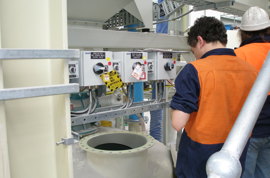
Intro to Health & Safety Management- Level 3
People credited with these unit standards are able to: Identify and describe legislative rights and responsibilities for workplace health and safety; describe the systems approach to workplace health and safety; and explain how hazards are defined in the HSWA (2015). There is pre and post course work for this course including reading and researching
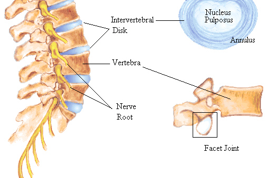
Prevent Back Injury
People credited with this unit standard are able to: describe the structure and function of the spine; identify the risk factors for occupational back injury; identify back care techniques; and identify work place control measures to reduce the risk of back injury
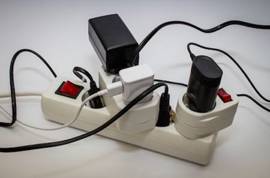
Electrical First Aid
People credited with this unit standard are able to: demonstrate knowledge of the effects of electrical accidents on humans and property; demonstrate knowledge of safe work practices with electrical equipment in relation to the prevention of electrical accidents; and explain the correct response to electrical accidents and injuries.

Manual Handling
This unit standard is for people who require basic knowledge and skills for the manual handling of goods in the workplace. People credited with this unit standard are able, in the workplace, to: demonstrate knowledge of types of manual handling risks; describe injury risk reduction measures for manual handling; use safe manual handling practices with mechanical aids; and use safe manual handling practices without mechanical aids.
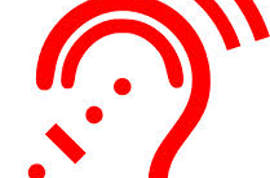
Hearing Conservation
People credited with this unit standard are able to demonstrate knowledge of: the mechanism of hearing, and the causes of hearing impairment; how sound intensity is measured, the hearing comfort zone, and the effects of noise on the hearing mechanism; types of, and the benefits of using, hearing protection equipment; and workplace hearing protection programme requirements.

Management of Discomfort, Pain and Injury (DPI)
This unit standard is for people involved in the prevention and management of DPI in the workplace. People credited with this unit standard are able to: describe what is meant by DPI; outline the groups of contributory factors and how they combine to result DPI; describe contributory factors individuals and workplaces need to consider when preventing and managing DPI; and outline measures used to manage the risks to staff experiencing DPI.
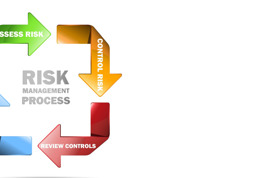
Manage Hazard Identification and Control
This unit standard is for people working with health and safety professionals to develop and implement a hazard management system.
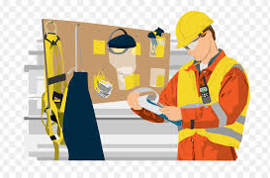
Evaluating OHS Standards and Practice
This unit standard is for people who are working with health and safety professionals to undertake an occupational health and safety audit.
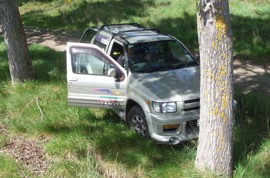
Incident Investigation
People credited with this unit standard are able to: explain why workplace accidents need to be reported and investigated; explain the concepts of multiple causation and root-cause analysis; detail an incident investigation process using a hypothetical incident; and produce an incident investigation report based on a documented incident.
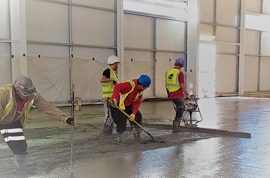
Health & Safety Management for Contractors
People credited with this unit standard are able to: identify the legislative and organisational health and safety requirements for engaging contractors to perform work on site; explain how to manage the use of contractors on site to ensure compliance with legislative and organisational health and safety requirements; and explain contractor health and safety performance review requirements.
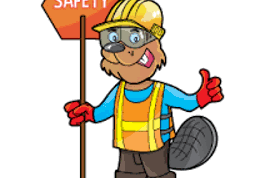
Roles of the Health & Safety Representative
People credited with this unit standard are able to: define the role of the health and safety representative in the workplace; identify the requirements of the Health and Safety in Employment (HSE) Act 2015; outline the functions of hazard management under the HSE Act; identify the training requirements for hazard management under the HSE Act; identify the requirements for dealing with emergencies; identify the requirements for reporting, recording and investigating injury and incidents; and identify the requirements for rehabilitation under the Injury Prevention, Rehabilitation, and Compensation (IPRC) Act 2001.
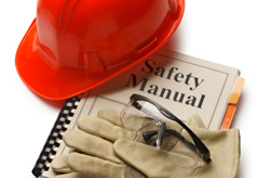
Implement a Health and Safety Plan
This unit standard is for people who need to understand health and safety regulations and apply a prepared health and safety plan to a particular workplace. People credited with this unit standard are able to: identify workplace responsibilities arising out of health and safety legislation; apply a health and safety plan for a specified workplace; report an accident and an occurrence of serious harm in a specified workplace; and prepare to manage emergencies in a specified workplace.
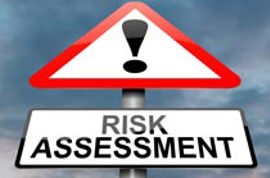
Apply health and safety risk assessment
Learners will be able to describe the principles of health and safety risk assessment; and apply health and safety risk assessment to a job role in accordance with regulatory requirements and industry good practice.

Hazard Identification
Apply hazard identification and risk assessment in the workplace
